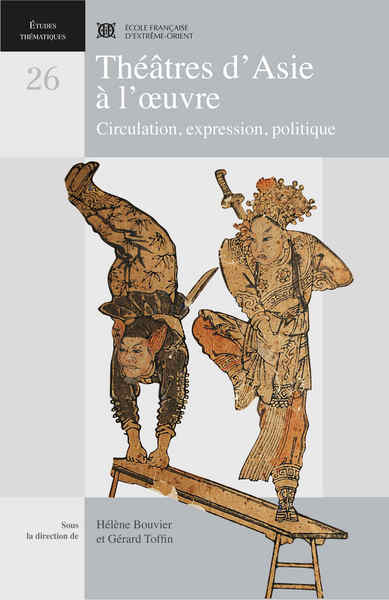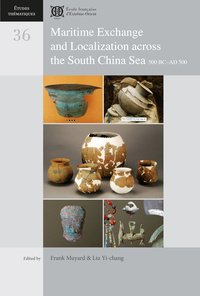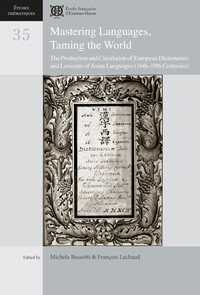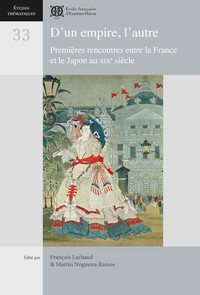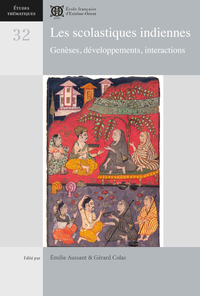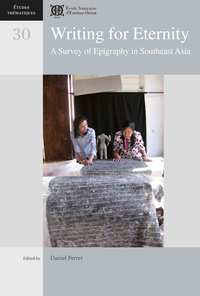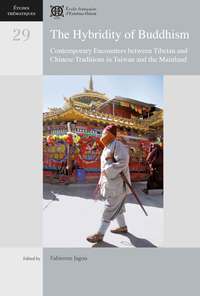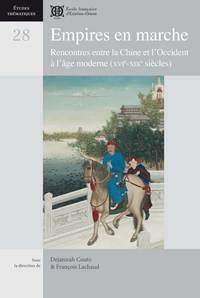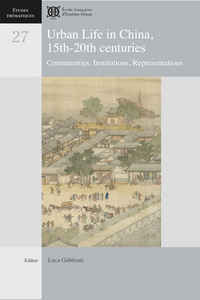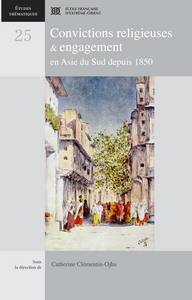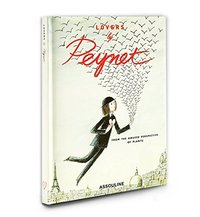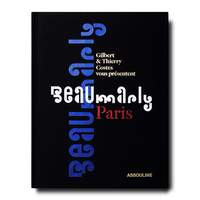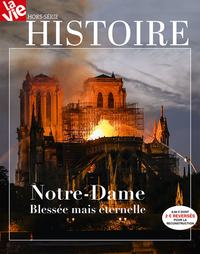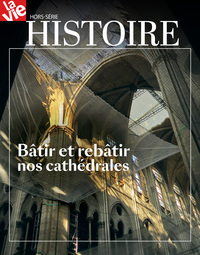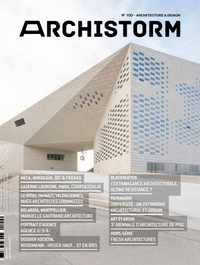Nous utilisons des cookies pour améliorer votre expérience. Pour nous conformer à la nouvelle directive sur la vie privée, nous devons demander votre consentement à l’utilisation de ces cookies. En savoir plus.
Théâtres d'Asie à l'oeuvre, Circulation, expression, politiques
Efeo - EAN : 9782855391465
Édition papier
EAN : 9782855391465
Paru le : 19 juin 2012
40,00 €
37,91 €
Disponible
Pour connaître votre prix et commander, identifiez-vous
Notre engagement qualité
-
 Livraison gratuite
Livraison gratuite
en France sans minimum
de commande -
 Manquants maintenus
Manquants maintenus
en commande
automatiquement -
 Un interlocuteur
Un interlocuteur
unique pour toutes
vos commandes -
 Toutes les licences
Toutes les licences
numériques du marché
au tarif éditeur -
 Assistance téléphonique
Assistance téléphonique
personalisée sur le
numérique -
 Service client
Service client
Du Lundi au vendredi
de 9h à 18h
- EAN13 : 9782855391465
- Réf. éditeur : ET 26
- Collection : ET. THEMATIQUES
- Editeur : Efeo
- Date Parution : 19 juin 2012
- Disponibilite : Disponible
- Barème de remise : NS
- Nombre de pages : 256
- Format : H:275 mm L:185 mm E:11 mm
- Poids : 600gr
- Interdit de retour : Retour interdit
-
Résumé :
Théâtres d’Asie à l’œuvre
Circulation, expression, politique
De l’Inde à la Chine, le théâtre constitue un phénomène d’une ampleur et d’une richesse remarquables. Trois grands thèmes sont ici abordés. Le premier traite de la circulation des traditions relatives à ces spectacles et tout particulièrement des échanges entre cultures lettrées et populaires. Les processus d’emprunts, d’acculturation, de vernacularisation sont au centre de l’analyse. Le deuxième thème est consacré aux formes et aux moyens d’expression, aux techniques de l’acteur, à la musique et à la scénographie. Le troisième thème considère le rôle du contexte politique et du pouvoir. Ces expressions théâtrales étant capables de s’agréger des fonctions rituelles, religieuses, politiques ou économiques, les États et les groupes ethniques les ont chargées d’éléments identitaires. Les contributions rassemblées partagent une approche anthropologique commune des théâtres d’Asie : fondamentalement historique, attachée à la dimension religieuse autant qu’aux aspects esthétiques de la performance, et attentive aux relations entre commanditaires, publics et acteurs.
Asian Theatre in Action
Circulation, Expression, Politics
From India to China, “theatre” refers to a range of phenomena of extraordinary richness. This volume treats three principal themes. The first is the circulation of traditions relative to these performances, particularly the exchanges operating between literary and popular cultures. Processes of borrowing, acculturation, and vernacularisation are at the centre of this analysis. The second theme covers forms and means of expression, techniques of the actor, to music and scenography. The third theme concerns the role of the political context and power relations. These theatrical expressions being capable of taking on ritual, religious, political or economic functions, States and ethnic groups infuse them with elements expressive of localidentity. The contributions brought together here share an anthropological approach to Asian theatres: a fundamentally historical anthropology, cognizant of religious and aesthetic dimensions of performance, and attentive to the interplay of patron, audience and actor.

